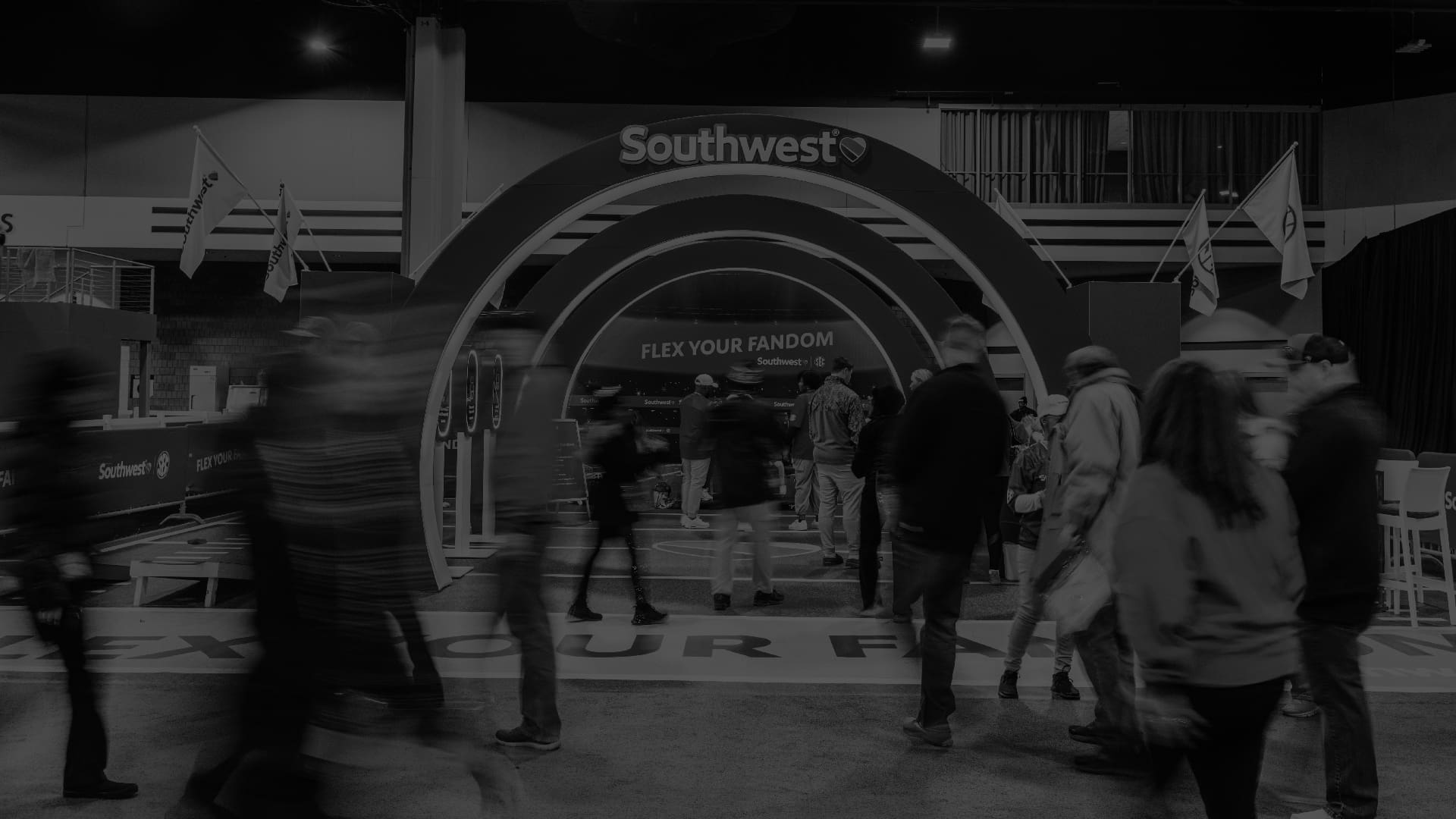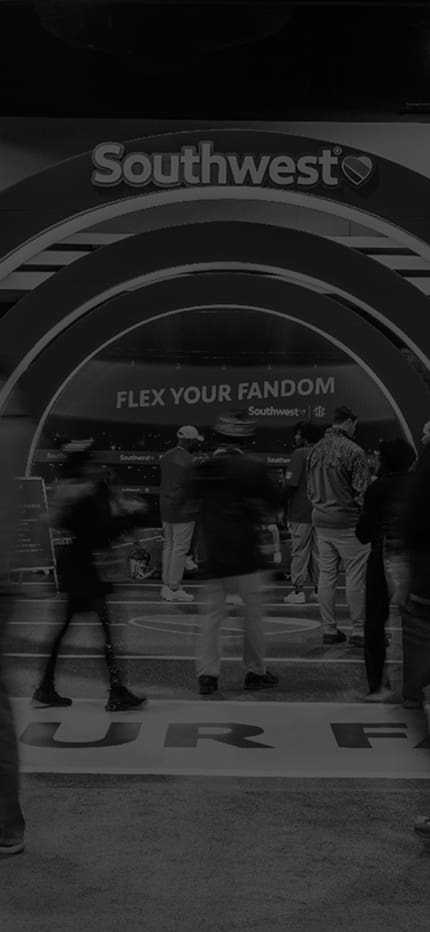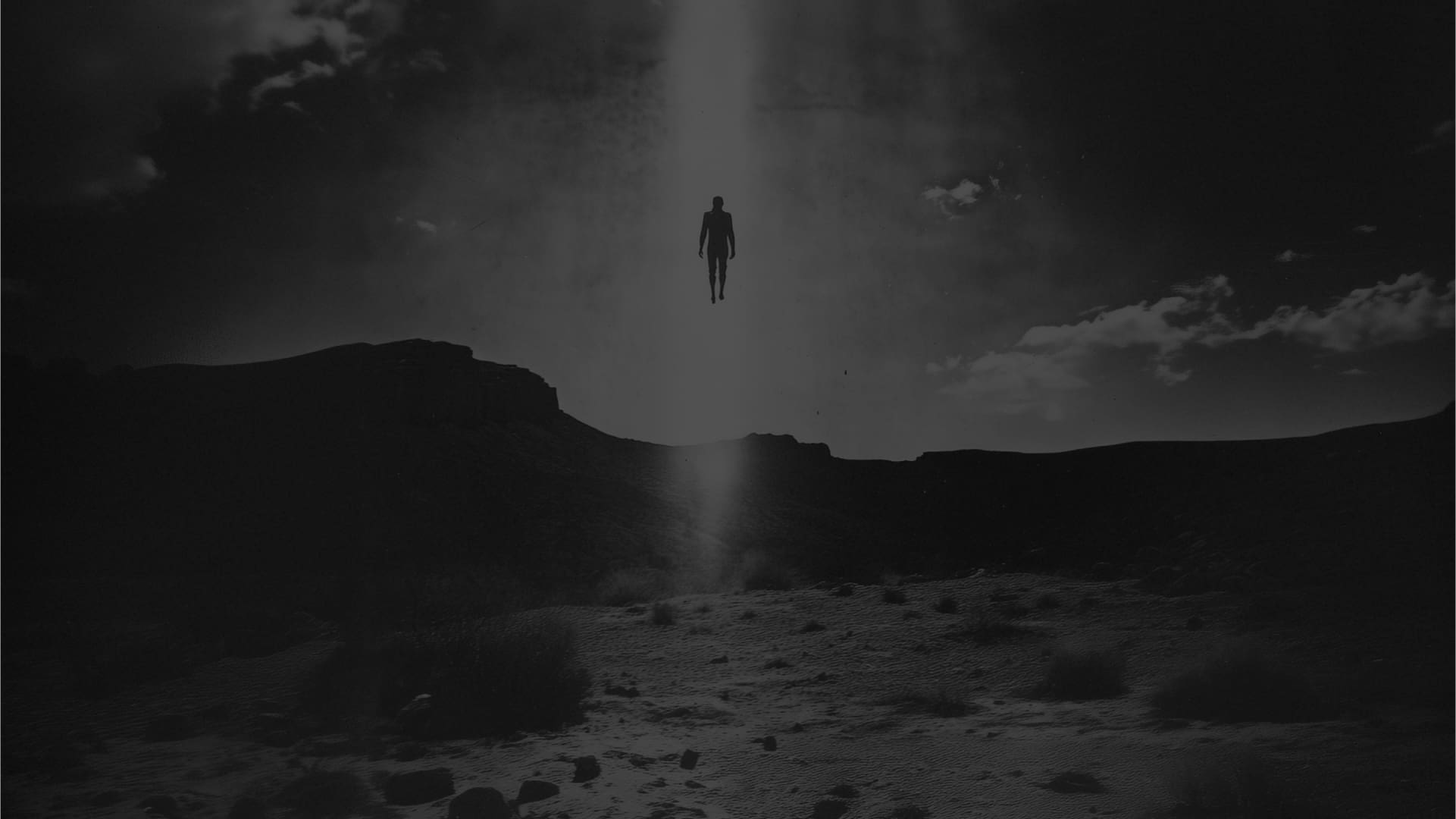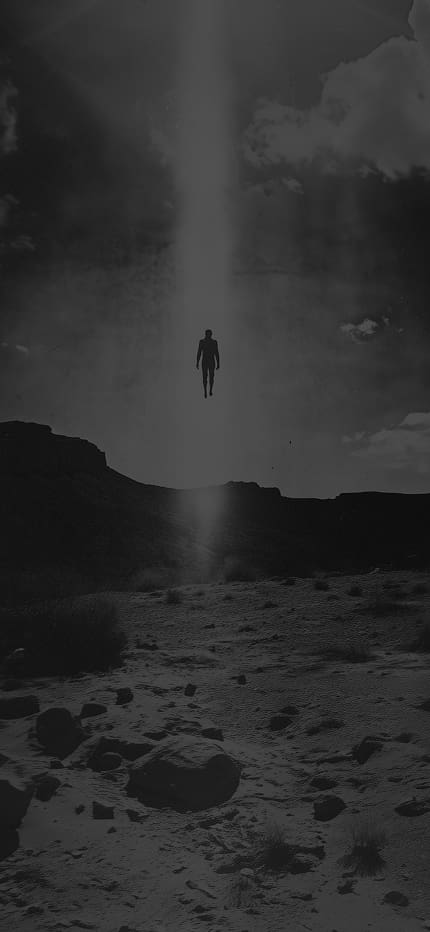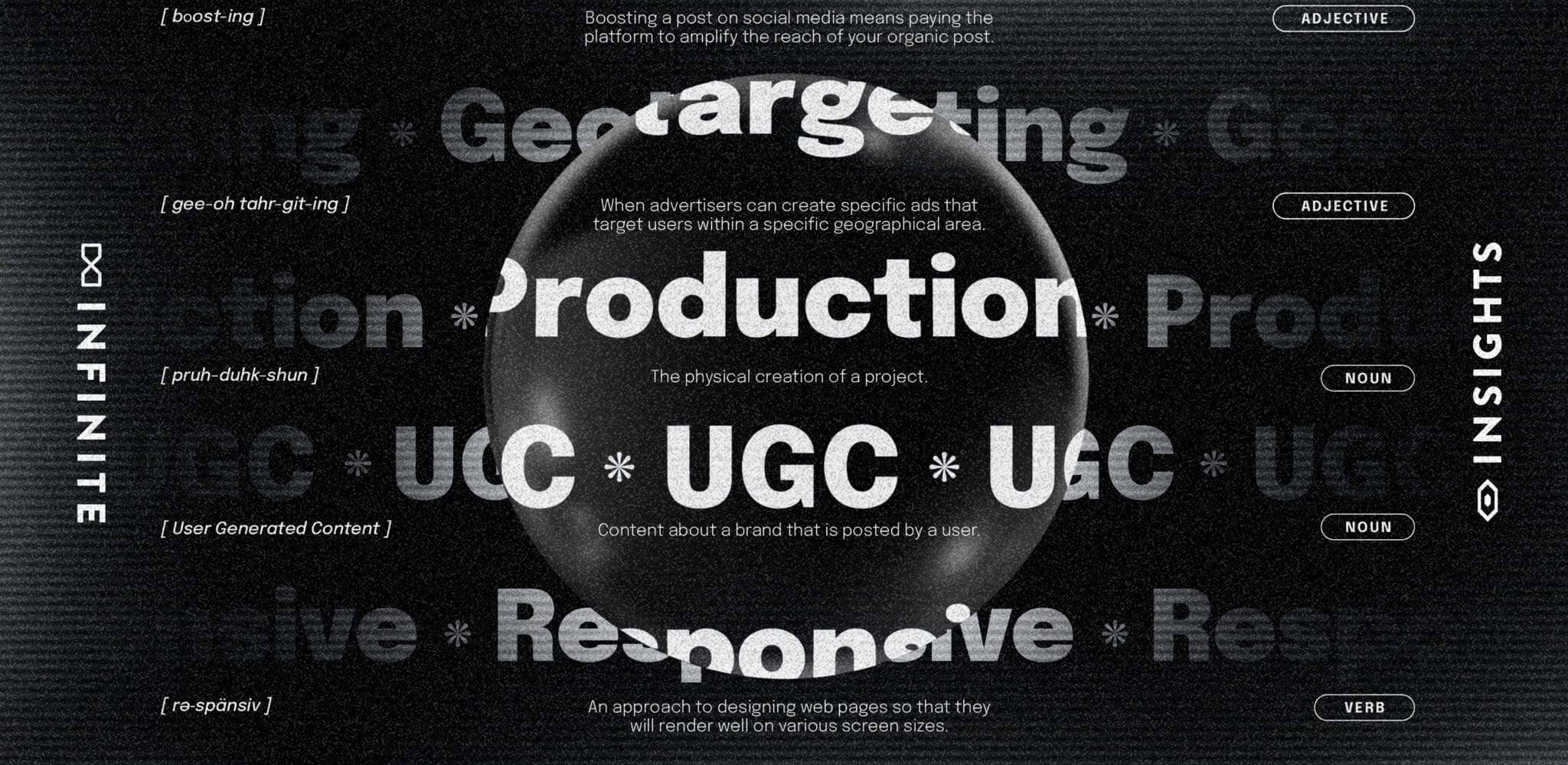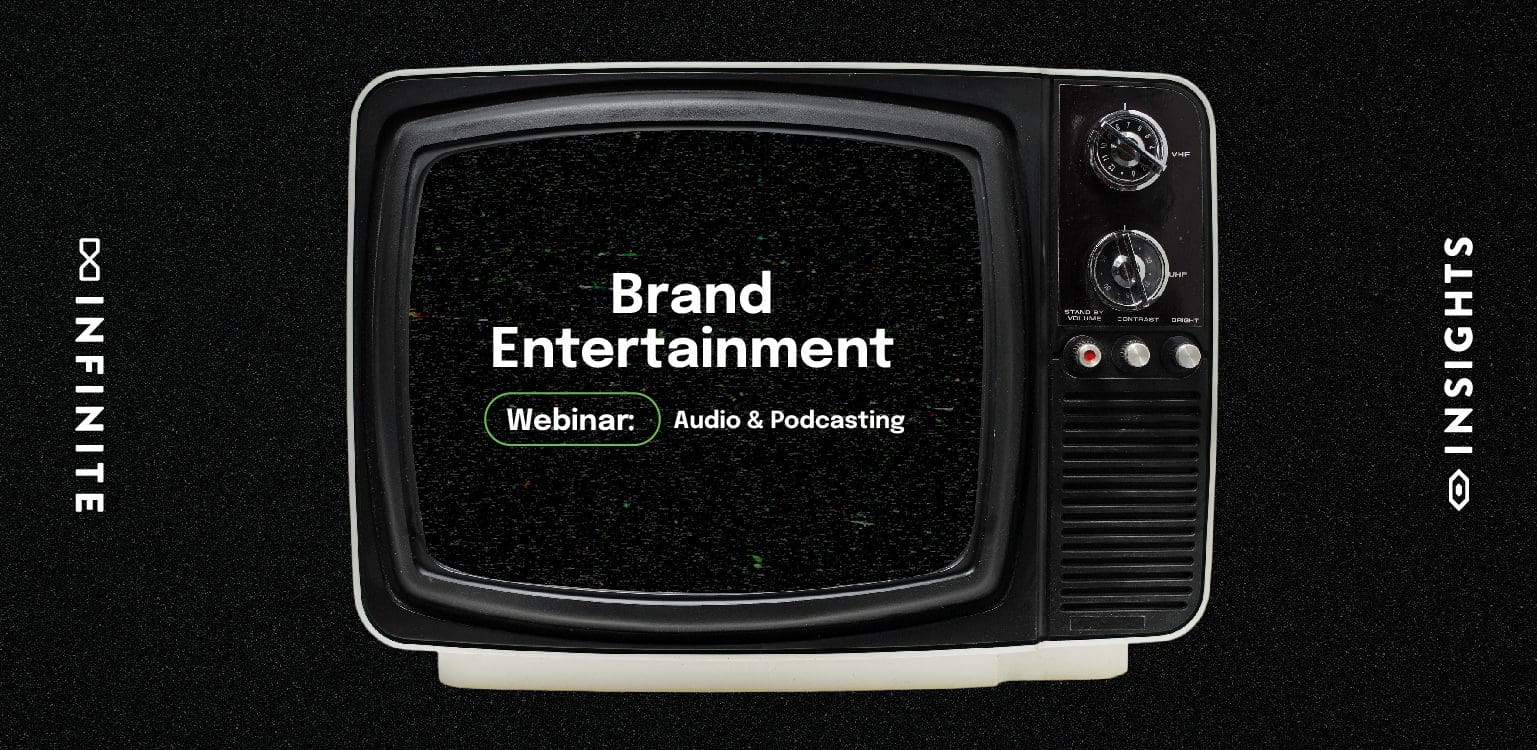Every industry has its “insider language”—words, phrases, and acronyms that sound like a foreign language to outsiders. These words are called jargon, and only people who live and breathe that industry understand what they mean. The advertising industry is no different. In fact, it may actually have more jargon, acronyms, and insider lingo than you may think…
But what most people don’t tell you, is that even the insiders struggle. With an ever-changing social and cultural landscape and new generations of workers, industry lingo inevitably evolves.
Whether you’re a seasoned advertising pro trying to keep up with the new lingo, a marketing newbie struggling with learning the old lingo, or a finance bro who’s considering getting into the creative field, we’ve compiled a comprehensive guide to the essential advertising and marketing jargon (and a few other essential terms) you’ll need to know.
Let’s Get Into It:
Keep in mind—these are the essentials. We’ll be honest…a complete list of every abbreviation would overwhelm even the most seasoned professional. So we’ve saved you the headache and picked the top terms you should know, organized into three broad categories: Creative, Digital, and Web.
Creative
The creative team is exactly what you would expect—the people who come up with ideas and put them into action for brands by creating effective campaigns, websites, and other creative projects. Designers and art directors, copywriters and creative directors, and even social media managers are a part of this collaborative group that creates ads and brand materials.
Activation
Have you ever been handed a free beer sample at a tailgate or seen a branded pop-up giving out free swag? These are both examples of brands activating at an event. Activations are a marketing tactic that help increase brand awareness and/or brand loyalty with customers. They often have music, activities, samples, and/or free branded swag!
Assets
Creatives typically use the term “asset” to refer to captured content like photos, graphics, or videos. The asset is the item, typically a digital item, that will be posted on social media or used in an advertisement. Sometimes, clients send assets. Other times, we shoot our own. Oftentimes, it’s a mix of both.
Bleed
Historically a printing term, a bleed is when a design extends to the far edges of the ad, beyond where the sheet will be cut to size. By extending the colors of the design, there’s no fear of white borders on printed materials, resulting in a more polished look.
Brand Equity
Have you ever noticed that some brands carry more of a “cool factor” than others? The kind of brands that people buy just to show off the logo? These aspirational brands are high in brand equity. Brand equity is essentially the value a brand carries from its reputation or consumer perception, as opposed to having value purely from the quality of the product or service. This is why building and promoting brands is so important—the higher the equity, the higher in popularity, relevance, and revenue.
Brief / Creative Brief
Short for Creative Brief, the brief is a document that contains all the information the creative team needs to know to execute a given task. Think goals, challenges, audience, specs, etc. Briefs are written by brand managers, the liaisons between the client and the creative team.
Comp
Short for comprehensive, comps are created to show clients what the final product will look like. Whether it’s a packaging design, an ad on a billboard, or what an event space will look like for a gala, designers use their skills to create comps that most closely resemble the final look.
Copy
In simple terms, copy = words. Whether it’s a headline for a banner ad, a line on a billboard, or the entirety of writing a website, the words are simply called copy. Therefore, people who write copy are called copywriters. Additionally, body copy is what advertisers call the big sections of copy that live below headlines. For example, in this section of the blog, “copy” is the headline, and the words you’re reading now are called “body copy.”
CTA (Call To Action)
In advertising, the CTA is essentially what you’re asking the audience to do. Want them to visit the website? Click here to buy? Request a quote? Tell them in the copy with a CTA. This messaging helps guide users to the next step, moving them down the funnel.
Evergreen
An evergreen campaign is a brand campaign that is “always on.” It’s high-level brand messaging that isn’t specific to a certain holiday, promotional period, or event. Hence—evergreen.
Funnel
In advertising, you hear a lot about leading people “down the funnel.” The top of the funnel is Awareness. Once people know about your brand, the next step is Consideration. Lastly, once people have considered your brand, the final step of the funnel is Conversion. Conversion is when someone makes the choice to click, purchase, or choose your brand.
Line
If you hear someone say “I need a line,” they’re referring to a line of copy, not drugs. Typically, “line” is short for “headline.” Being able to communicate several messages in one line is essential in advertising because oftentimes, there’s only space for one line on an ad.
Mock-Up / Layout
A mock-up is a work sample that gives the client a general idea of what the end result could look like. Whereas a comp is almost an exact representation, a mock-up is less precise. The purpose of showing mock-ups is to get client approval of a concept before investing hours into creating the final product. This is also helpful when showing several different campaign directions.
NSO (New Store Opening)
Businesses often promote the opening of a new location before the grand opening date to raise awareness and increase the audience’s consideration of visiting that new location. These campaigns are often referred to simply as an “NSO” to keep things simple.
Organic
When a social media post is “organic,” it means that it is uploaded as a regular post that shows up in the brand’s feed, not an ad. Organic posts can still be boosted to amplify their reach, but they are not advertisements.
Pre-pro / Pre-production
Pre-production includes all the steps that need to be taken before production begins! For a photoshoot, pre-pro may include creating a list of shots that need to be taken. This may also include purchasing props that may be needed for the shoot!
Production
Production is the physical creation of a project. For a commercial or ad campaign, production would be the shoot day where video footage and photography are captured.
Proof
If someone at an ad agency asks you to “proof” something, they’re asking you to review it. It’s helpful to get as many eyes on designs and copy as possible before final approval.
Shoot
Short for photoshoots, shoots are when content—photos and/or videos—is captured for a brand. These assets can be used for anything from the brand website to social media or even ad campaigns. An art director and/or creative director typically attend and help direct photoshoots.
Slack
Slack is a messaging platform that allows teams to create channels, connect, and keep in touch via computer or phone app. Every seasoned advertising pro can hear the familiar and terrifying “boing” noise of a Slack notification from a mile away. Slack isn’t specific to ad agencies, but it is commonly used in them for internal communication.
Specs
Short for specification, specs define the dimensions for different advertisements. Not all advertisements are the same size, so it’s important for designers to know the specs so that they can scale each ad to the correct size.
Static
The easiest way to explain a static ad? An ad that doesn’t move. To clarify, it’s an advertisement or graphic that has zero animation or motion in it. It’s not unusual in the world of social media ads, for example, to create both an animated and static version of the same ad.
Tagline
Sometimes called a strapline, taglines are short, memorable phrases associated with brands. They reinforce the brand message and support awareness and recognition of the brand. Taglines can also be temporary and campaign-specific.
UGC (User-Generated Content)
UGC is content about a brand that is posted by a user. Typically seen on social media, people often tag brands in posts or add a hashtag about that brand. Brands then find this content, interact with it, and occasionally repost it on the brand’s social media page.
USP (Unique Selling Proposition)
As advertisers, we have to find a way to make brands stand out from the crowd. Our job is to identify one characteristic, service, or quality in a brand that makes it unique—the USP. Identifying this insight can help a brand carve out a position in a busy marketplace.
VI / Visual Identity / Brand Identity
A brand’s visual identity is composed of everything that visually represents the brand, including brand colors, logos, fonts, websites, social media channels, etc. Everything a consumer sees could be considered a part of the visual identity. Creating consistency across all of these details is essential to building a strong brand so that consumers recognize all branding materials as part of the same company. In addition, having one visual look over another will help tell a different story to customers, sparking different emotions, feelings, and perceptions about the brand and what it stands for.
VO (Voiceover)
Have you ever watched a nature documentary where someone you can’t see is narrating? Or heard an ad on the radio of someone talking? These are examples of voiceovers. Whether in the background of a video or read aloud at a baseball game, voiceovers are often used in advertisements. Writing a VO is like writing a script, but factors such as timing are especially important to consider while writing them.
White Space
White space is exactly what it sounds like—the section on a page or ad that isn’t dominated by words or images. It doesn’t necessarily need to be the color white, but it is an area of space that’s intentionally left blank. Including white space can help readability and create visual interest.
Wrap
A “wrap” is when an advertising message is literally printed on an item, typically with high-quality vinyl. Some common examples are wrapping buses or bars.
Media
The media team is largely responsible for behind-the-scenes magic. Think: strategically planning the perfect media placements for a brand, optimizing how a brand spends its dollars on advertisements, and learning about the latest digital trends. Media placements range anywhere from digital banner ads to airport ads to traditional print ads.
A/B Testing / Split Testing
A/B testing is a way of testing out different ad campaigns to see which performs best. For example, if two different ad campaigns are created for a sports brand, the media team can run one campaign to half of the target audience and the other campaign to the other half of the target audience. Once results come in from these sample groups, more money can be invested into the campaign that performed best.
Ad Audience / Target Audience
A brand’s target audience is the group of people—based on interests, ages, genders, etc.—that is most likely to connect with your brand. Finding the right audience for your brand can be challenging, but with advanced analytics and new programs, digital teams and strategists are able to sift through the noise, find patterns, and identify target markets. Once identified, these are the groups of people that advertisers aim to target through ads, campaigns, and boosted posts on social media.
Amplification
In simple terms, amplification is increasing the reach and visibility of content. There are many different strategies for amplifying content, but one notable strategy is through influencers. Collaborating with influencers who will post co-branded content on their platforms helps amplify the content to a new audience while also appearing more natural and approachable than a formal advertisement.
ATB (Authorized To Buy) / Media Authorization
A media authorization form is a document that authorizes advertisers, typically members of the media team, to buy ad space on behalf of a client.
Banner Ad
Banner ads are a type of digital display ads located on web pages, typically along the bottom, top, or sides of a webpage. If you’ve ever read an article online and saw an ad on the page, that was probably a banner ad!
Boosting
Boosting a post on social media means paying the platform to amplify the reach of your organic post. If you’ve ever scrolled through Instagram and seen a sponsored post, you’re likely being served a boosted post or paid ad! Boosting posts can help increase video views, link clicks, engagement, reach, impressions, etc. As for which audience it gets boosted to? It can be your own audience, look-alike audiences, or new audiences. Lastly, because boosting can cost less money than running a paid social ad, this allows brands to stretch their budget while increasing their overall presence on social media.
Bounce Rate
When a user “bounces,” it means that they visited a page, didn’t interact with it, and left. Because we want users to interact with and stay on web pages, knowing a page’s bounce rate can be an extremely helpful tool for measuring a page’s success.
Channel
Channels are where ads are placed. This extends well beyond social media channels, into anything from television to magazines and even the sides of buildings. Media teams undergo a process for clients called “channel planning” where they determine the most strategic ad placements and channels for that brand.
Contextual Ads
Contextual advertising is a form of paid media where the content of the ad and the content of the webpage they are displayed on are related. For example, if I am reading about taking a trip to Paris, a luggage ad may appear on that page. This type of advertising targets specific topics rather than groups of specific people.
Display
Display ads are digital ads that are found on websites. Banner ads are the most common display ads, but other ads such as native ads and animations also fit into this category. These ads are typically created to catch attention and encourage clicks, often leading to the brand’s website.
Engagement
When a user likes a video on social media, comments on a post, or shares a story with a friend, these are all different ways that this user is engaging with content. Engagement is a big part of algorithms on social media, so the more engagement a post receives, the better it performs! Engagement rates and stats can also be found in most online analytics reports, especially for social media.
Geotargeting
Through geotargeting, advertisers can create specific ads that target users within a specific geographical area. Showing content to users based on their location can be cost-effective and helpful for the consumer. For example, a coffee shop is able to run an ad raising awareness of their shop to users searching for coffee within a five-mile radius. Users outside of that radius may not be as receptive to that ad, but users close by may be excited that they’ve found the coffee shop they were searching for!
Impressions
Every time someone views an organic post or ad (whether on social media, a digital display ad, etc.), it’s considered an impression. Therefore, if one person sees the same social media post five times, it’s considered five impressions. Through digital analytics, it’s typically easy to determine the number of impressions on digital ads, but it can be difficult to measure the number of impressions for non-digital ads.
Media Buying
Media buying is the act of purchasing advertising space. Although this concept is simple, a lot of strategy goes into this. With growing numbers of both traditional and digital ad spaces, it’s important to think through the optimal placement for an ad, the budget and cost of placement, and the timing of when the ad will run in that space.
Native Ads
Native ads are advertisements that appear to seamlessly integrate into the surrounding content. The goal of native ads is to blend into other content so that, when users see them, they don’t look like ads. Many native ads are display ads, but there are other types as well. For example, if you are browsing articles online, and you read a fascinating article about athletes’ stories, you may reach the bottom of the article and realize it was sponsored by the protein powder that was mentioned a few times. This long-form article was actually a creative way to implement a native ad.
OOH (Out-Of-Home) / Outdoor Ads
Out-of-home ads are advertisements that people, quite literally, find outside of their homes. Whereas a digital ad could be viewed anywhere, some examples of OOH ads are billboards, airport ads, in-store signage, and even street murals.
Performance Marketing
Performance marketing is a new approach to marketing that allows brands to only pay for their ads when a desired KPI is reached. In other words, when the ad performs, the brand pays. This method allows businesses to avoid paying upfront for expensive campaigns and is a cost-effective way to participate in digital advertising. Marketers can target KPIs such as cost-per-click, cost-per-lead, and several others.
Reach
Reach is exactly what it sounds like—the number of people your content reaches! If 100 people saw an ad, 100 would be the number of people that the ad reached.
Retargeting
Have you ever visited a website, added a few items to your cart, and left? A perfect example of retargeting is when a brand specifically targets these users, using data to show them an ad with an item they added to their cart in hopes of redirecting them back to the brand website.
ROAS (Return On Ad Spend)
ROAS is the amount of revenue earned per dollar spent on an ad or ad campaign. Analyzing this number can help inform how successful the ad or campaign was.
ROI (Return On Investment)
ROI is the amount of profit made by an ad or ad campaign relative to the amount of money it cost to run the ad or ad campaign. Similar to ROAS, this is a different way of measuring how successful an ad or campaign was.
Web
The web team is highly experienced in the language of the internet. AKA: websites, search engines, and everything in between. Whether that’s improving search results for a brand through SEO or SEM or improving the UX/ UI for a website, these digital ninjas are seasoned at optimizing web performance for any brand.
Above-The-Fold
This term is used to describe everything you can see on a website’s landing page without scrolling down. It’s important for this top section of a landing page to include the website’s most essential information, as it is what people visiting the site will see first! Below the fold is any text under the part of the page that is initially visible that would require scrolling to see.
Alt Text
Alt text helps identify images, describing the image when it does not show up on the screen. Alt text helps search engines identify images, but most importantly, alt text can be read by screen readers for people who are unable to see images. Including this descriptive text is extremely important for ADA, compliance, and SEO.
Backend
Backend is a term associated with building and maintaining websites. Essentially, backend development refers to everything that goes on behind the scenes—or the server-side—that you can’t visually see. Its four components, the server, database, operating system, and software, help power websites so that they are functional for users.
Backlink / Link Building
Back-linking, also known as inbound links or link building, is the practice of obtaining hyperlinks from external websites to your website. The ultimate goal of link building is to improve search rankings for your website.
Breadcrumbs
Breadcrumbs are linked text paths that typically appear towards the top of a page (for example: Home > Savings > Money Market Account). Breadcrumbs serve two purposes: First, they help establish relationships between content, helping Google better understand the site’s structure. Second, they serve as a visual aid to users, guiding them through the site’s content.
Dev / Development
Web development refers to physically creating, building, or maintaining a website. Web development is often outsourced to development or “dev” teams, for short.
Domain
Also known as a domain name, the domain is the name of a website that appears in the search bar. “Advertising.com” is one example of a website domain name. Domain names cannot be duplicated, so most brands purchase their domain names to maintain ownership.
Frontend
Remember how the backend is everything that goes on behind the scenes of a website? The front end is what the backend powers. AKA, it’s what the user visually sees and interacts with, including buttons, photos, copy, etc. The coding that helps build the front end of websites includes HTML, CSS, and JavaScript.
Hero Section
A hero image on a website is a large, visually captivating banner or photograph that is prominently displayed at the top of a webpage. It serves as a focal point to immediately grab the attention of visitors, convey the website’s essence, and create a positive first impression of the brand.
Internal Links
Internal links are hyperlinks from one page on a website to a different page on the same website. Linking to other pages helps the user find similar content, connect topics, and quickly navigate to the pages they’re looking for.
Keyword
Keywords are the words that people type into Google to search for something. For example, if you’re looking for a pair of shoes for summer you might type “summer shoes” or “sandals” into the search engine. Digital teams perform keyword research to determine the top words people are searching for within a category. When brands integrate these keywords on their website, messaging, and ads, it can help their SEO, helping users find their page more easily.
Landing Page
A landing page is exactly what it sounds like—it’s the page that users “land” on, or are directed to, when they click on a digital ad. When users click on a paid social ad or a display ad online, they will be directed to a specific landing page that’s relevant to the ad they interacted with. Specific landing pages can also be created for larger-scale campaigns.
Responsive
Responsive web design is an approach to designing web pages so that they will render well on various screen sizes. This ensures that when the user visits the website, the pages are clear and easy to read, resulting in the highest quality web viewing experience.
SEM (Search Engine Marketing)
SEM is one of many marketing channels/ advertising methods that improves the searchability of a website. Search engine marketing involves purchasing paid ads that show up in search engine results, increasing the likelihood of people finding and visiting that website. This can be a highly effective form of advertising that can help break through the noise of thousands of search results.
SEO (Search Engine Optimization)
Search engine optimization, or SEO, is the practice of optimizing content, typically on a website, to increase traffic and appear higher in organic search engine rankings.
Rankings are determined by hundreds of factors including content quality, video, engagement, duration on site, click-thru-rates, content structure, keyword usage, backlink profile, site architecture, page speed, mobile-friendliness, and overall user experience. SEO is extremely valuable because a website that’s easy to find will have more clicks and visits!
Site Arch / Site Architecture
A site arch visually lays out how each website page will relate to one another. The site arch is essentially a visual map of a website’s page hierarchy. However, it typically does not include design elements or show what pages will visually look like.
Sitemap
Creating a sitemap is one of the first steps in creating a website. A sitemap is a list of all of the pages that will be included in the final website.
UI (User Interface)
UI, or user interface, is the visual component of a website or app. This includes buttons, icons, images, colors, and other design elements.
UX (User Experience)
UX is a design strategy that aims to anticipate the user’s needs and problem-solve design elements for apps and websites that will meet those needs. A great designer will try to anticipate how a user would want to interact with the site or app and implement design elements that will make the user experience as intuitive and positive as possible.
Wireframe
A wireframe, also called the blueprint or skeleton, is the result of when a designer lays out the content that will go on each page of a website. Among the first phases of designing a website, this step shows a vague sense of what each page will look like, but specific design elements, colors, and photos will be added later in a final mockup.
